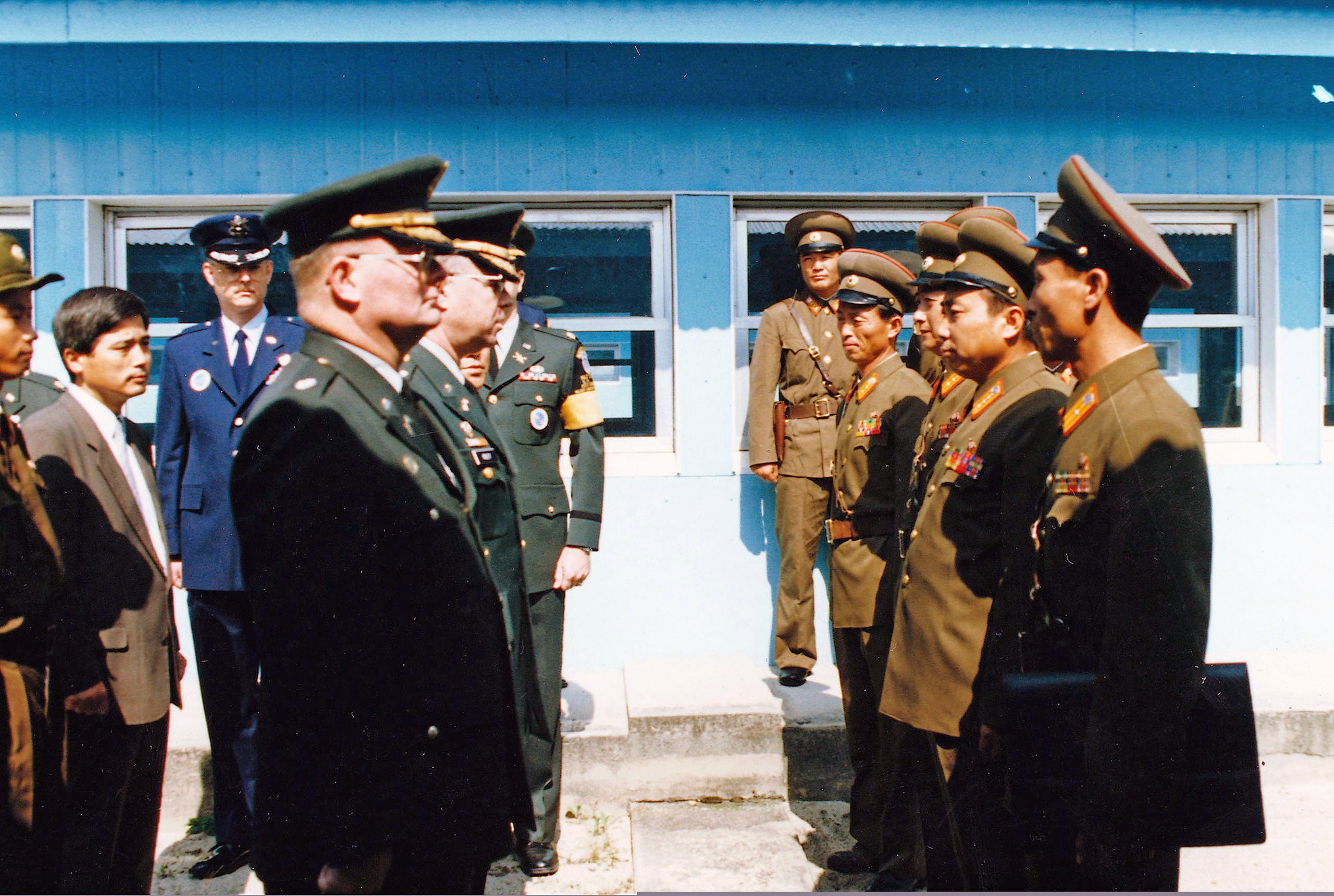 There have been 23 school shootings this year that resulted in injuries or deaths, according to a recent Education Week analysis. There have been 167 such shootings since 2018.
There have been 23 school shootings this year that resulted in injuries or deaths, according to a recent Education Week analysis. There have been 167 such shootings since 2018.
It’s very alarming that such incidents are becoming increasingly prevalent. How are we to understand violence in society and, more importantly, to correct this disturbing trend?
Certainly, an approach must be immediate and include responses by those tasked with public safety — law enforcement, legislators, nonprofit civic action groups, and those in the judicial branch.
But tackling social problems through those venues will not result in the longer term and more comprehensive solutions we need. Such a strategy could be likened to EMTs, paramedics, and emergency room staff treating superficial wounds while ignoring underlying organ or other bodily system damage.
Surely efforts must be made to identify underlying factors that contribute to this troubling social trend weakening our societies. Those factors include, but are not limited to, the perpetration of violence upon the innocent and vulnerable, the venting of frustration and anger through violence, and the inability of people to curb their destructive impulses. Even more deadly are the bullying and dominance of individuals, groups, and larger levels of society based on a perceived division between them and us that is rampant within society.
This article has been informed by the works of scholars I encountered as part of my current graduate degree pursuit at UTS. I present my own views at the conclusion.
One scholar, Wolfhart Pannenberg (1996), notes that currently the religious and spiritual dimension of human beings has been marginalized in the public sphere. He traces this to the thinking behind and actions of the French Revolution, which, among other revolutionary initiatives, included the beheading of those in the monarchy and aristocracy who could not flee the wrath poured upon them, pitted reason against faith, and scapegoated religious institutions (generally the Catholic Church) as sources of repression and injustice, enacting a strict separation of church and state.
In this scenario, the church and religion were seen as the source of problems, not solutions. The separation of church and state in the United States is not as contentious as in many European nations, since the U.S. doesn’t have the antagonistic backstory found in Europe. In the U.S., while religion and government are separated by the Constitution, religion is still considered a potential source of social help and beneficial public service.
While the U.S. is at its core a religious (essentially a Christian) nation (see Himmelfarb, 2004), religion’s presence in the public sphere is noticeably missing. Pannenberg claims that in societies where religion has been reduced in prominence, a profound and debilitating loss of meaning can be found, which he ties to the presence of personal and social violence.
In the last two or three decades, however, it has become evident that secularization (or, as some prefer, progressive modernization) faces severe problems. The thoroughly secularized social order gives rise to feelings of meaninglessness: there is a vacuum in the public square of political and cultural life, and this invites violent outbreaks of dissatisfaction.
Continue reading “What Can Be Done About Violence in Society?”



















Recent Comments